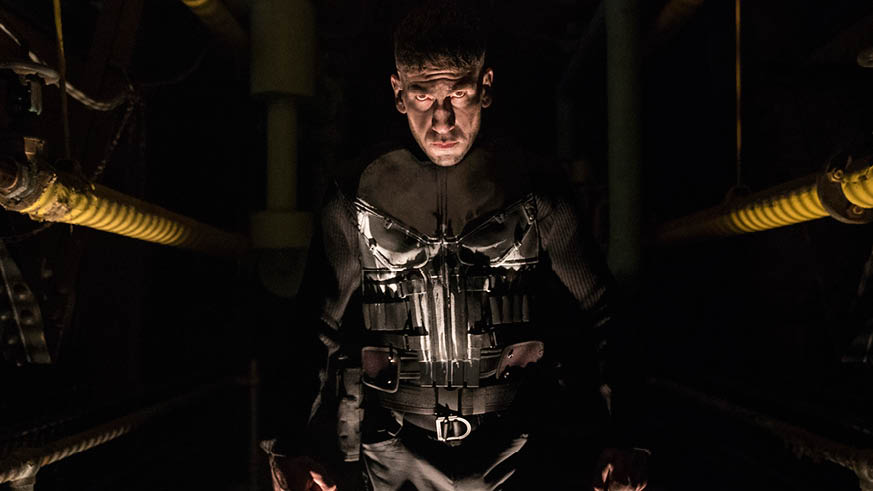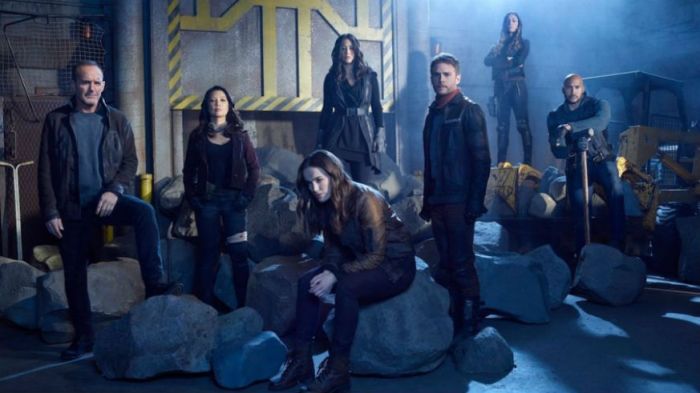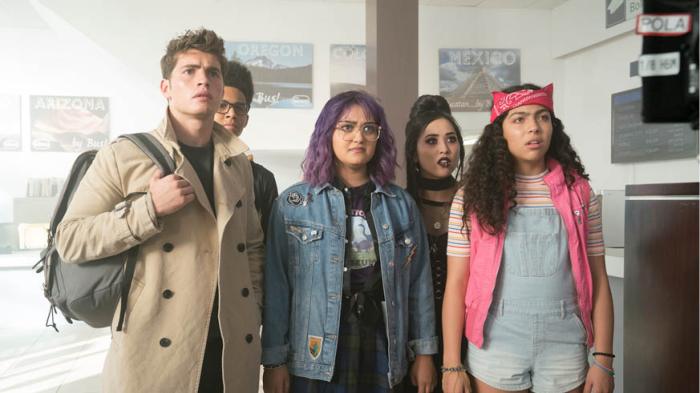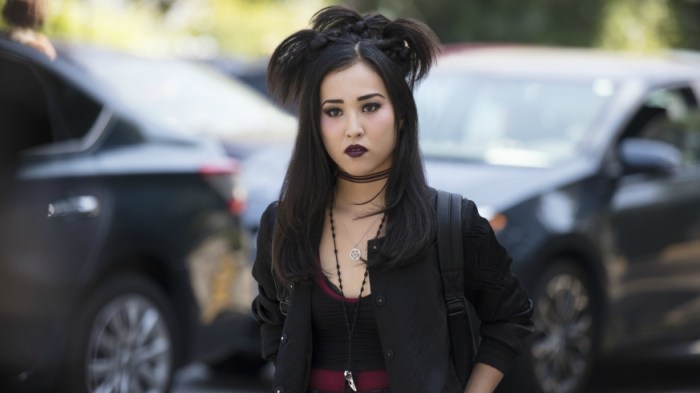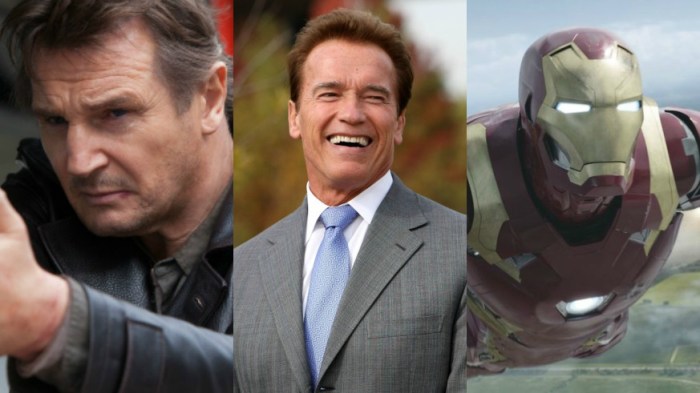The Punisher marks the sixth Netflix series to delve into the Marvel Cinematic Universe, following on from Daredevil, Jessica Jones, Luke Cage, Iron Fist, and The Defenders.
Those are big shoes to fill, but what has helped to make this run of shows so successful is just how distinctive each of them has been, especially when it comes to how they have utilized New York.
“The Punisher” is no different, with Frank Castle’s antics unfolding in Brooklyn. During my conversation with showrunner Steve Lightfoot last month he explained to me why that was so important, and why Brooklyn was the only place that Frank Castle could call home.
“One of the great joys that Marvel and Netflix has done with these shows is that they are actually shooting New York as New York. The other shows do that so well. Obviously there is a real Hell’s Kitchen element, and ‘Luke Cage’ went up to Harlem and made that his own. Frank’s story isn’t really a Manhattan story, because he is a fugitive. He’d be hanging out in the bridge and tunnel neighborhoods.”
“A lot of what we talked about was making him very small in this big city, and being about alienation and anonymity. There’s something interesting in being in those neighborhoods and looking back on the city.”
But while “The Punisher” takes full advantage of its Brooklyn setting, which gives it a very specific and unique flavor and tone, Lightfoot also noted that his main inspirations while molding the show came from the Western genre.
“There was a lot of stuff from the comics, and there are a lot of Easter Eggs and nods. I was a big fan of Westerns and 70s cinema, too, and I thought both of those fit Frank Castle. In many ways he is a Western type anti-hero.”
“It is ‘Shane’ in a way. It is one of those classic Westerns. And it is shot in a way of 70s gritty urban cinema. We talked a lot about it being shot like a Western or a 70s conspiracy movie. Those were the stylistic touchstones going forward.”
Working on “The Punisher” also allowed Lightfoot to rekindle his love of comic-books, especially because, after being a huge Marvel fan as a kid and collecting every issue of “Spider-Man,” he “grew out of it” during his teenage years.
“But part of the joy of the job has been getting back into it and realizing how much I still enjoy them.”
Viewers can see Lightfoot’s newfound joy in all of is glory now that all 13 episodes of the first season of “The Punisher” have been released on Netflix. You can also check out further tidbits from our conversation below.
When did you first come across “The Punisher”?
“In my teenage years. I remember the Dolph Lundgren movie from the 90s, and not necessarily knowing it was a comic book. I’d seen all the movies and read issues of the book from time to time. I didn’t dive deep into it until I started on the show.”
What makes “The Punisher” stand out from other comic book characters?
“It is always about character. The enduring appeal of comic-books is that they have these great characters and that they are really distinct. The thing that really hooked me into the show, I’d seen what they’d done with ‘Daredevil’ and ‘Jessica Jones’ and I thought it was such a smart, character first approach, and I just sort of loved that. I really liked those shows when I saw them.”
“I was lucky enough to get a sneak peek at season two of ‘Daredevil,’ and I saw what Jon Bernthal had done with the character. At that point that became my touchstone of what the show was about. It was about doing that version justice, because I loved what he had done. Immediately any version of the character that had been done before suddenly didn’t matter.”
What impressed you the most about Jon Bernthal?
“Jon is a fantastic actor. He has a terrific physicality. You don’t doubt that he could kick your ass. There’s a real humanity and vulnerability there. He can go from fight scenes to breaking down in tears, and you forget about his physicality and feel for him. He has an amazing ability, even when he is doing really bad things you still sympathize and emphasize with him. He lets you in. It is always costing his character more than anyone else. When you are a writer that is always a gift.”
What was the main difference to your writing while working with Netflix?
“We treated it like a novel with 13 chapters. Hopefully people pick it up and watch all 13 chapters in one sitting. But if not let’s just make sure that each chapter ends in a place that people just want to pick up the book again. The way these shows are made certainly allows that approach.”

